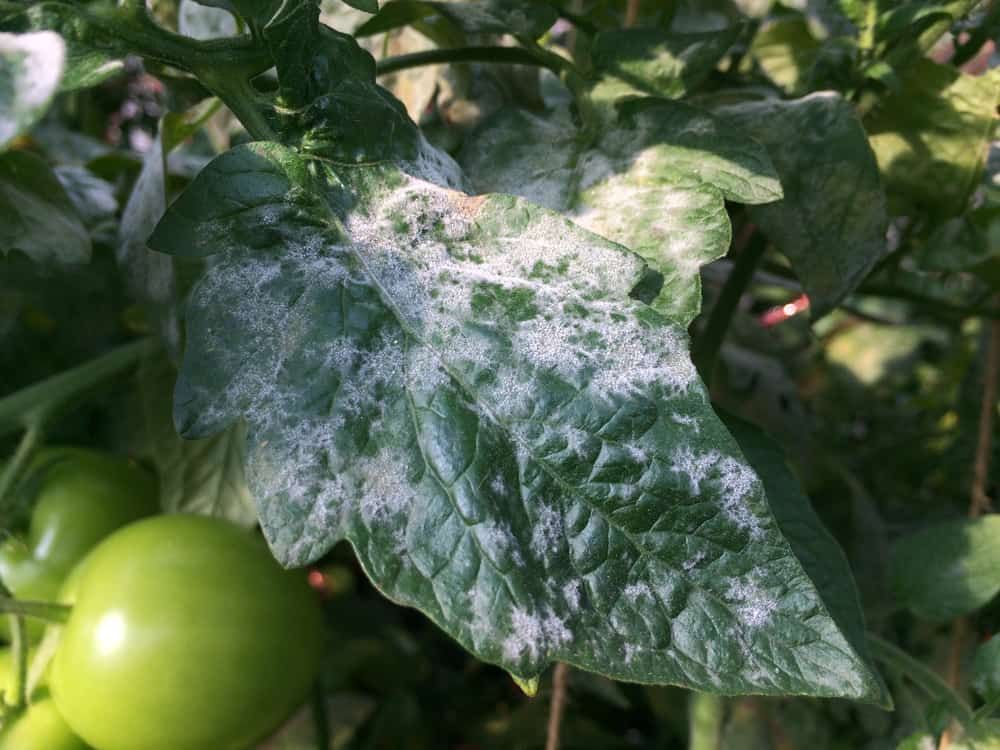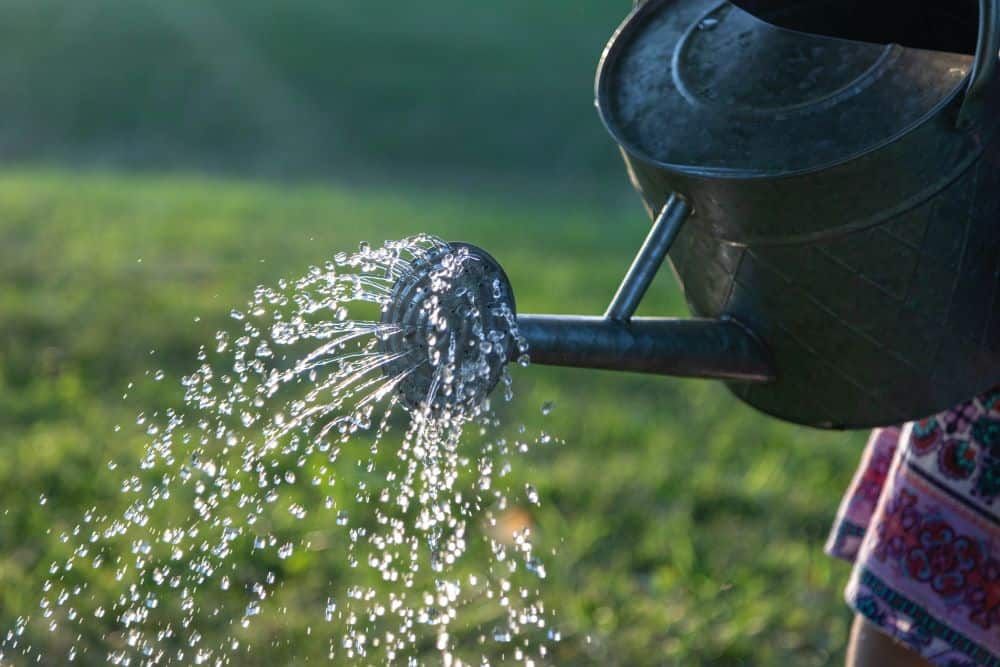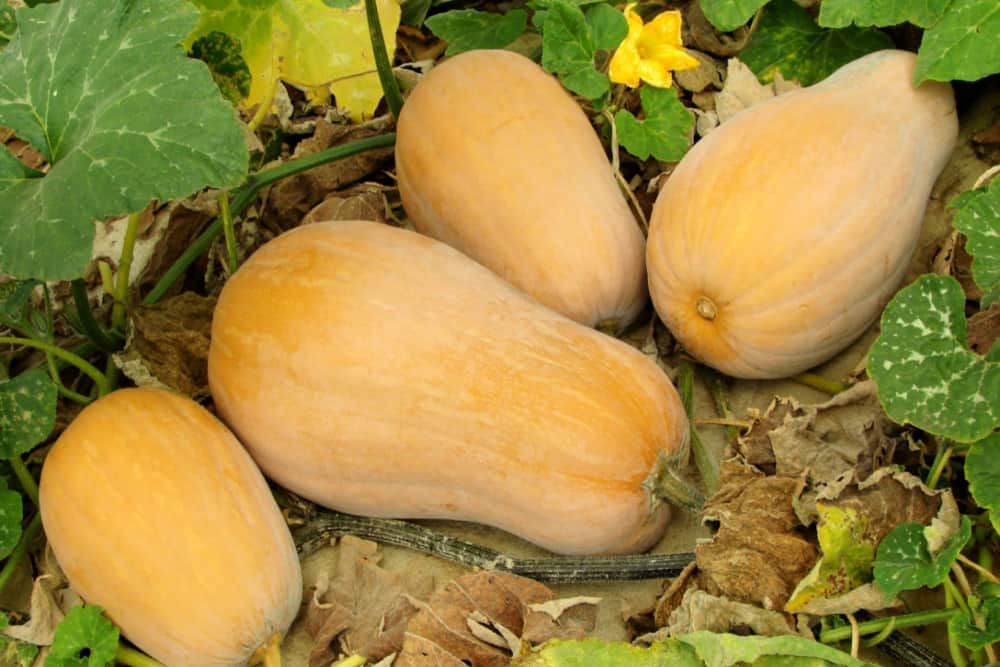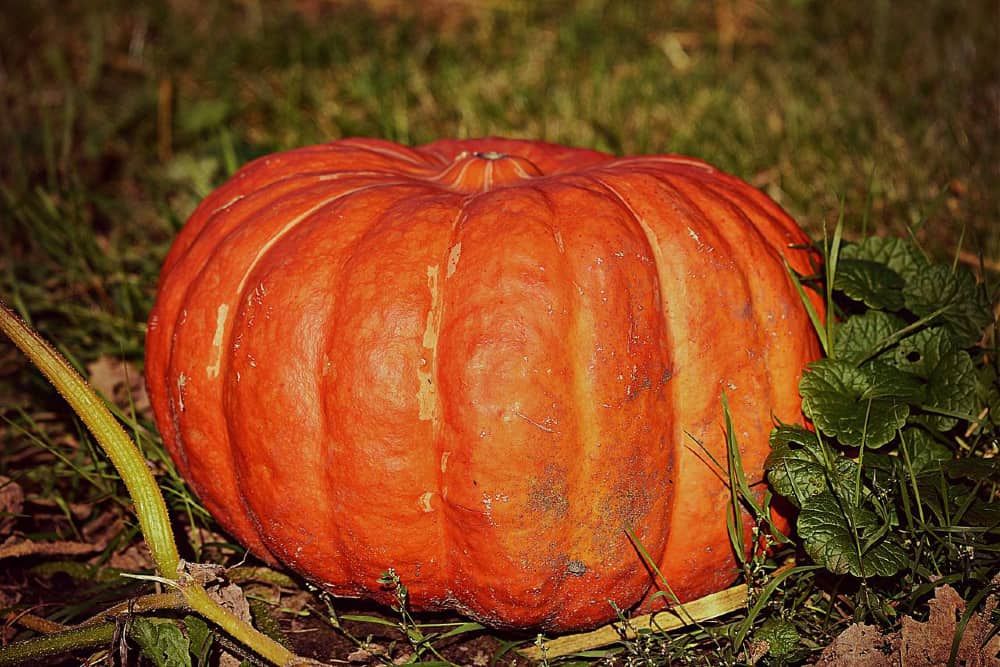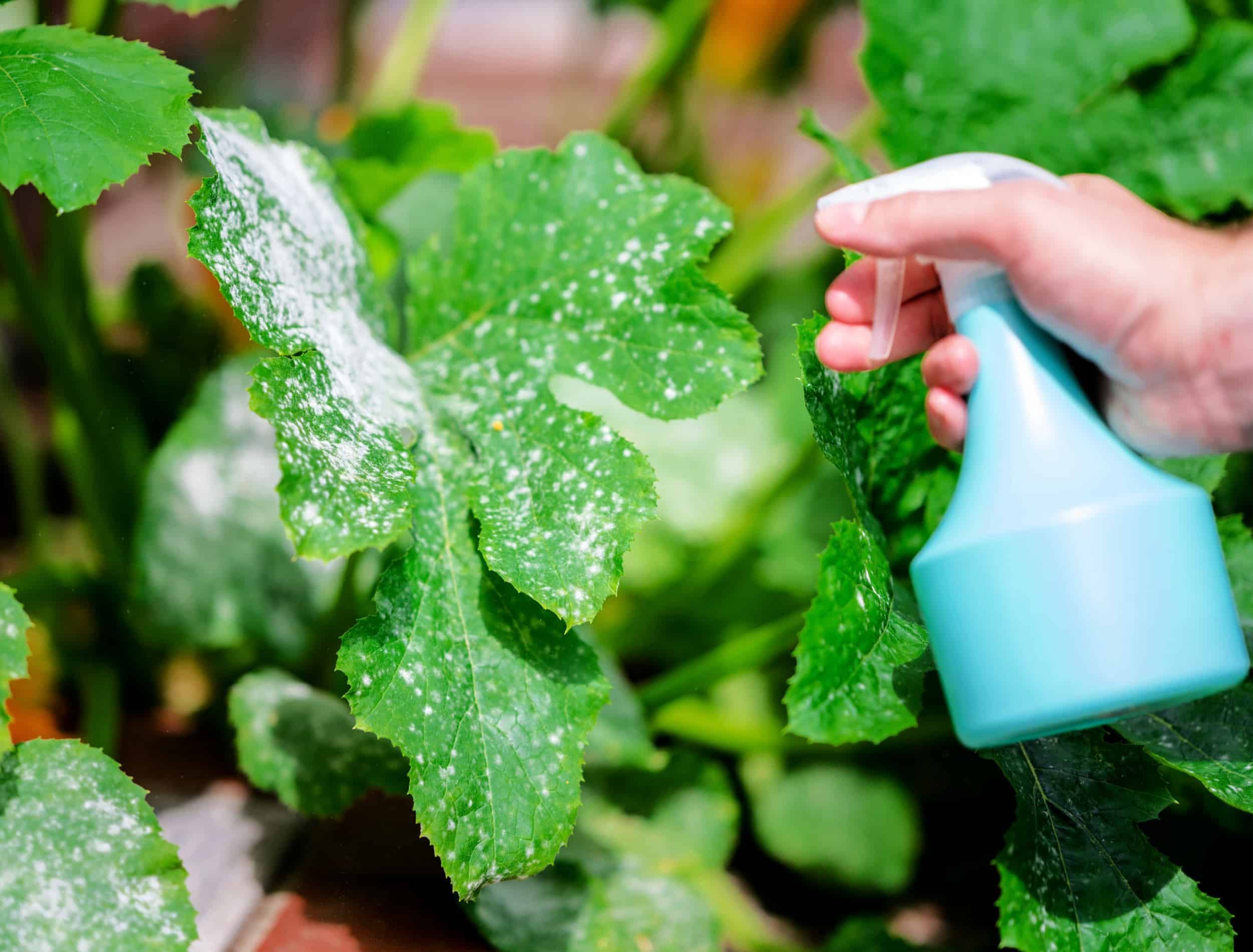Has your squash plant been covered in a layer of white powder lately? If so, you're likely dealing with powdery mildew - a common fungal infection that can be tricky to treat. It's important to know how powdery mildew affects squash plants, and what you can do to protect them.
Keep reading to know how to identify powdery mildew, what causes it, how to treat it, and most importantly, how to prevent it from happening in the first place. So, if you're concerned about this fungus ruining your garden, read on!
What Is Powdery Mildew
Image credits: Taew Jari via Shutterstock
Powdery mildew is a common fungus that can affect many plants, including squash. It causes plants to develop a white powder on the leaves and fruit, stunting growth, reducing yields, or even killing your plant. Fortunately, you can take steps to prevent powdery mildew from affecting your squash plants.
Proper Watering Techniques
Image credits: David Ballew via Unsplash
Several things prevent powdery mildew from attacking your squash plants but some stand out above the rest. One of the most important care essentials is proper watering.
Water the plants early in the day to avoid any evaporation or leaf scorch. Additionally, leaves that have time to dry before nightfall are less susceptible to fungal growth. Also, avoid overhead watering, which can splash water onto the leaves and spread the fungus. Water at the base of the plant instead.
If you follow all these watering rules, you have a better chance of keeping your squash plants safe from powdery mildew.
Air Circulation
Image credits: Denis Pogostin via Shutterstock
Another way to stop powdery mildew is to ensure your plants have plenty of air circulation. It means planting them in an open area where they'll get a lot of sun and breeze.
Additionally, space your plants out so they're not crowding each other. Squash plants should be planted about 4 feet apart in your garden.
Prune overcrowded plants and thin out dense foliage to improve air circulation to your garden. To prune your squash plant, look for vines that are not the main stem and snip them off. Prune those that are growing in undesired places and make sure you prune the vines that have no fruit on them! This will help your plant redirect its energy towards new growth.
And, while your head first in your plant, be sure to check for pests and other infected foliage.
Plant Resistant Squash Varieties
Image credits: 👀 Mabel Amber, who will one day via Pixabay
Fortunately, several squash varieties are resistant to this disease. By planting them, you prevent powdery mildew from taking over your squash plants.
Here are 10 squash varieties that are resistant to powdery mildew:
- Butternut Squash
- Indian Brave
- Royal Ace
- Autumn Delight
- Harlequin
- Celebration
- JWS
- Taybelle
- Bush Delicata
- Metro
Fungicides
Image credits: FrankHH via Shutterstock
If you spot powdery mildew on your squash leaves, act fast. Fungicides are chemicals that can kill or prevent the growth of fungi. Many fungicides are available, so choose ones that are effective against powdery mildew.
When using a fungicide, follow the instructions on the label carefully. You must mix some fungicides with water before applying them, while others come in ready-to-use formulations. Always wear gloves and protective clothing when handling fungicides, and void getting them on your skin or your eyes.
If you see powdery mildew on your squash plants, don't wait to treat it. Use a fungicide as soon as possible to prevent the spread of this destructive fungus.
Neem Oil
Image credits: Ninetechno via Canva
While neem oil is effective at preventing powdery mildew, it is important to catch the disease early. If you see powdery mildew on your squash plants, treat them immediately with a neem oil solution.
To use neem oil to prevent powdery mildew on your squash plants, mix the recommended amount of neem oil with one gallon of water. You can add a few drops of dish soap to help the mixture stick to the leaves. Apply the mixture to the leaves of your squash plants once a week, covering the top and bottom. It’s best to spray the plants later in the evening after the sun has gone down, as the oil can cause your plant leaves to get scorched.
Baking Soda
Image credits: FotoHelin via Canva
Use baking soda to prevent and treat powdery mildew on squash plants. When mixed with water, baking soda creates a solution that you can spray onto the leaves of the plant. It will kill the fungi that cause powdery mildew and help to prevent the disease from developing.
To make a baking soda solution, mix one tablespoon of baking soda, one tablespoon of vegetable oil, half a teaspoon of mild dish soap, and one gallon of water. Pour the solution into a spray bottle and mist the leaves of the plant, again, being sure to cover both the top and bottom surfaces.
Squash Powdery Mildew!
Powdery mildew is a common fungal infection that can be troublesome for squash plants. Luckily, it's easy to identify, and there are several ways to treat it. Some of the best ways to prevent powdery mildew from affecting your plants is by practicing proper watering techniques, planting resistant varieties, and aiding proper air circulation. If you happen to spot powdery mildew, using fungicides, neem oil, and baking soda can help treat your squash plant!
Do you have any tips or tricks on how to treat powdery mildew? Leave a comment below, and don’t forget to share this post!


